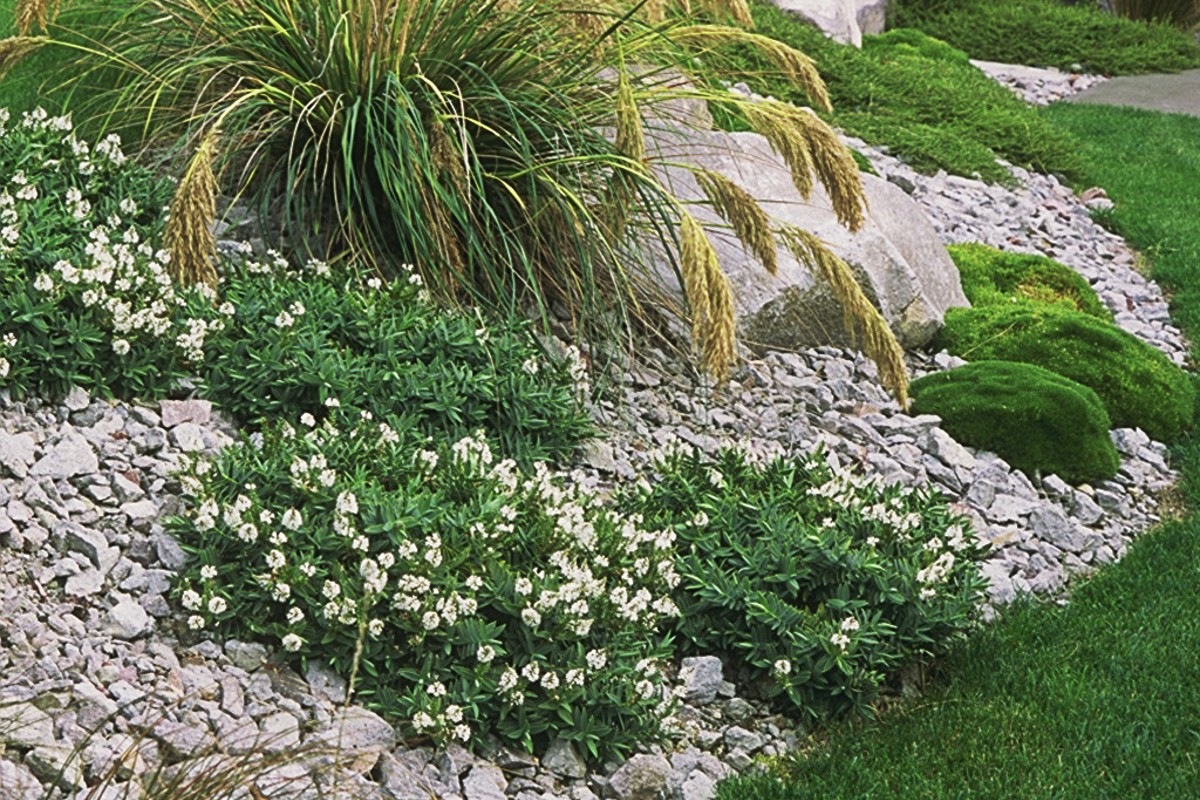Physical characteristics
Dense rounded dwarf
Flowers and foliage
Small glaucous oblong leaves with short dense spikes of
Preferred site
Grows well in poor to moderately fertile well draining soil preferably in neautral to alkaline soil in
Preparation for planting
Always choose healthy well grown
Maintenance tips
Apply mulch
Ecological and biodiversity benefits
Attracts beneficial insects to the garden.
Location at Auckland Botanic Gardens
TBC



.jpg?width=1200&height=1200&v=1d4024dceb89e50)

.jpg?width=1200&height=1200&v=1d5569224d63650)
 .jpg?width=1200&height=1200&v=1d4024df6ce2770)
.jpg?width=1200&height=1200&v=1d55676a892f2b0)
 .jpg?width=1200&height=1200&v=1d4024e3b65f7f0)